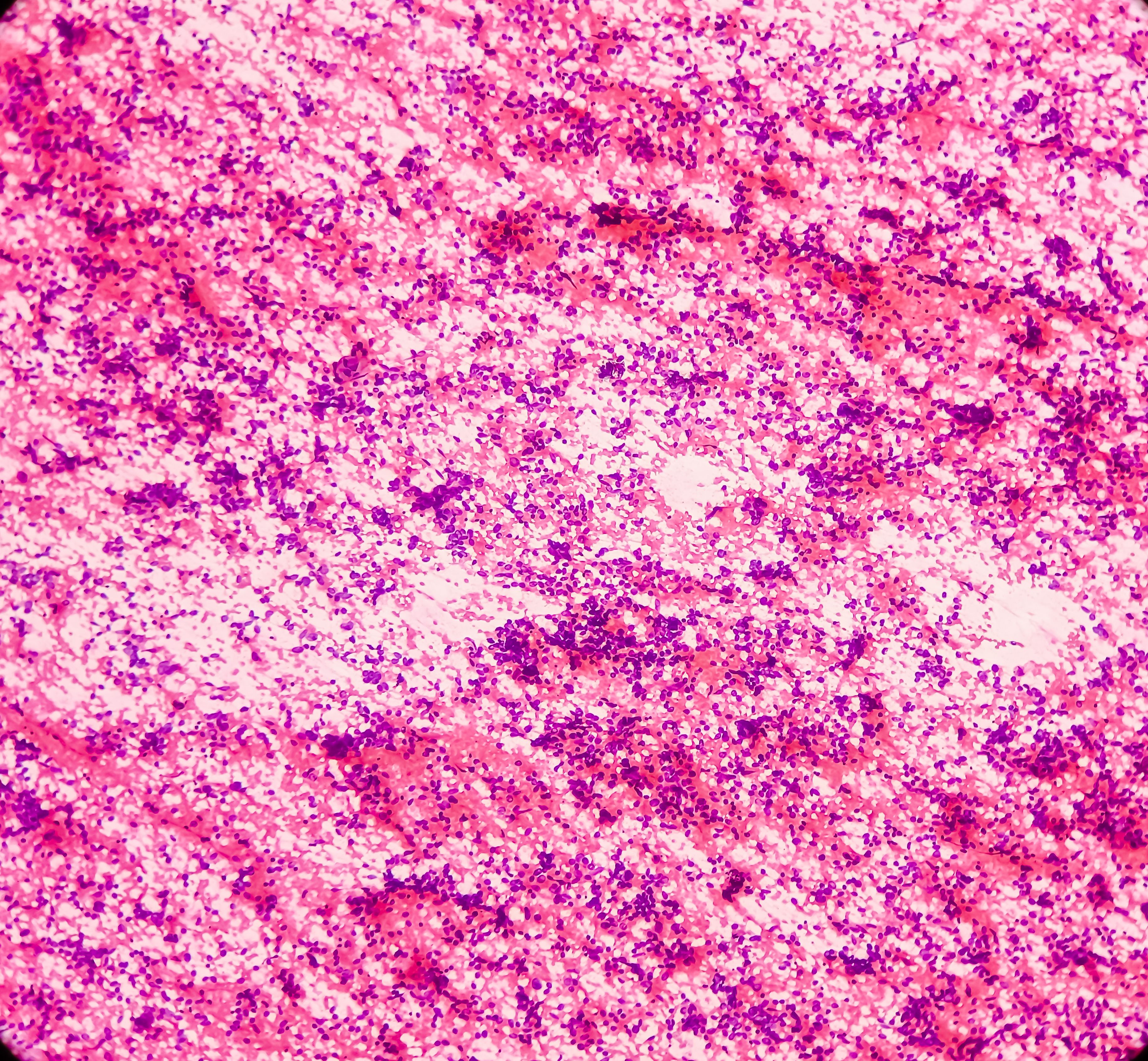An investigation of the DLL3 targeting Tri-specific T cell Activating Construct (TriTAC), HPN328, in combination with atezolizumab (Tecentriq) has been dosed in the first few patients with small cell lung cancer (SCLC).1
Dosing with the investigational combination is part of a phase 1/2 open-label, multicenter, dose-escalation and dose-expansion study. The study is evaluating the safety, tolerability, and pharmacokinetics (PK)) of HPN328 as monotherapy or in combination with atezolizumab for the treatment of patients with advanced cancers.2
About the Phase 1/2 Study
Trial Name: A Phase 1/2 Open-label, Multicenter, Dose Escalation and Dose Expansion Study of the Safety, Tolerability, and Pharmacokinetics of HPN328 Monotherapy and HPN328 With Atezolizumab in Patients With Advanced Cancers Associated With Expression of Delta-like Canonical Notch Ligand 3 (DLL3)
ClinicalTrials.gov Identifier: NCT04471727
Sponsor: Harpoon Therapeutics
Recruitment Contact: (650) 452-7280, hpn328_4001ctgov@harpoontx.com
Completion Date: June 2024
“Dosing the first patients in these combination cohorts for HPN328 with atezolizumab in patients with SCLC marks a significant milestone for this clinical program,” said Luke Walker, MD, chief medical officer for Harpoon Therapeutics, in a press release.1
To date, phase 1 results from the study have been reported from 16 patients with advanced cancers. Of the 16 patients, 10 patients with SCLC have been treated with a 0.015- to 12.0-mg dose of HPN328.3
Thirty-three percent of the SCLC population had > 30% decrease in the sum of target lesion diameters. Of the patients with SCLC treated with the ≥ 1.215-mg doses of HPN328, 50% of patients had > 30% decrease in the sum of target lesion diameter, and 1 experienced a > 20% decrease. Two patients from the SCLC cohort had stable disease.
Safety results from all patients treated showed that there were no cases of ≥ grade 3 cytokine release syndrome (CRS). There were also no dose-limiting toxicities (DLTs) or adverse events (AEs) leading to discontinuation of treatment. The AEs observed were consistent with AEs shown with the HPN328 drug class, and were also transient and manageable, according to Melissa Lynne Johnson, MD, et al.
A total of 162 patients with advanced cancers are expected to be enrolled in the study. Patients treated with HPN328 monotherapy during the dose-escalation phase will receive treatment via intravenous (IV) infusion during each 21-day cycle. Also, during dose-escalation, some patients will receive HPN328 monotherapy at extended dosing intervals. Administration of HPN328 in this cohort will be via IV infusion once every 2 weeks, in a 2-day cycle or once every 3 weeks in a 21-day cycle. In the third dose-escalation cohort, HPN328 will be administered once every 2 weeks via IV infusion during each 28-day cycle in combination with atezolizumab administered once every 4 weeks via IV infusion on day 1 of each 28-day cycle.
The coprimary end points being explored in the study include the frequency and severity of treatment-emergent AEs, the number and severity of DLTs, and PK parameters. The secondary end points of the study include change from baseline in selected clinical laboratory parameters, vital signs, and ECGs, objective response rate (ORR), extra-cranial ORR, best ORR, progression-free survival (PFS), extra-cranial PFS, overall survival, duration of response, duration of extra-cranial response, and the incidence of titers and anti-drug antibodies against HPN328 and atezolizumab.
Patients are eligible to enroll in the study if they have a histologically or cytologically confirmed malignancy, tissue available for biopsy, and adequate hematologic, renal, and liver function.
“Building on the strength of our phase 1 data, we remain committed to realizing the full potential of HPN328 as an important treatment option for patients with SCLC and other neuroendocrine tumors across early and late lines of therapy,” said Walker.1
REFERENCES:
1. Harpoon Therapeutics announces first patients with small cell lung cancer dosed in HPN328 combination cohort. News release. Harpoon Therapeutics. September 15, 2023. Accessed September 20, 2023. https://tinyurl.com/2xfwwxtf
2. Study in patients with advanced cancers associated with expression of DLL3. ClinicalTrials.gov. Updated July 25, 2023. Accessed September 20, 2023. https://tinyurl.com/4494mjzk
3. Johnson ML, Dy GK, Mamdani H, et al. Interim results of an ongoing phase 1/2a study of HPN328, a tri-specific, half-life extended, DLL3-targeting, T-cell engager, in patients with small cell lung cancer and other neuroendocrine cancers. J Clin Oncol. 2022;40(suppl 16): 8566. doi:10.1200/JCO.2022.40.16_suppl.8566
